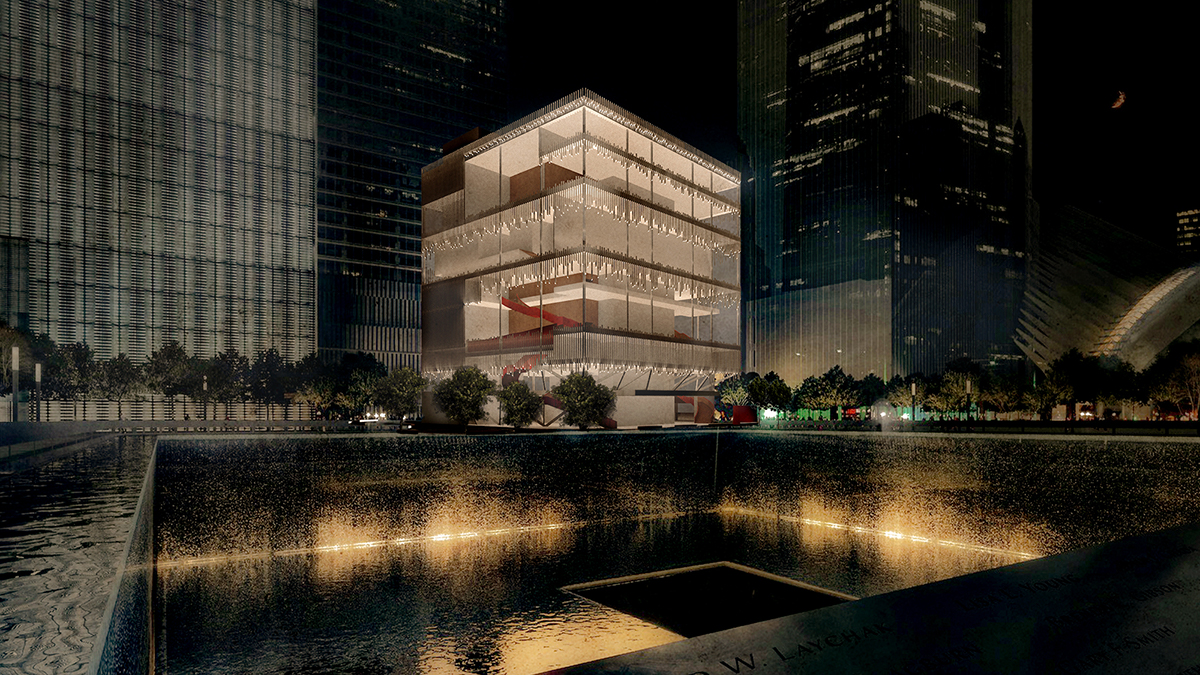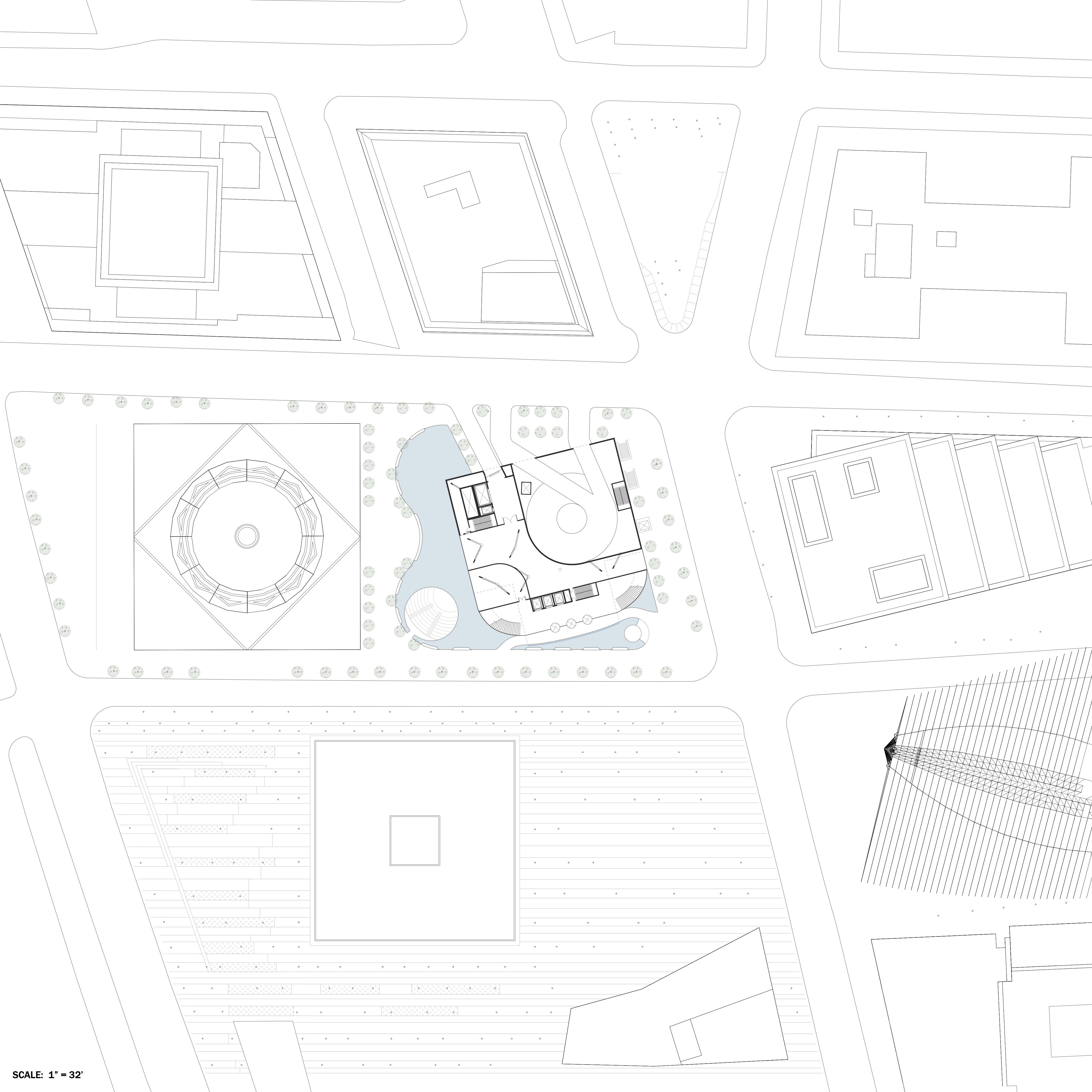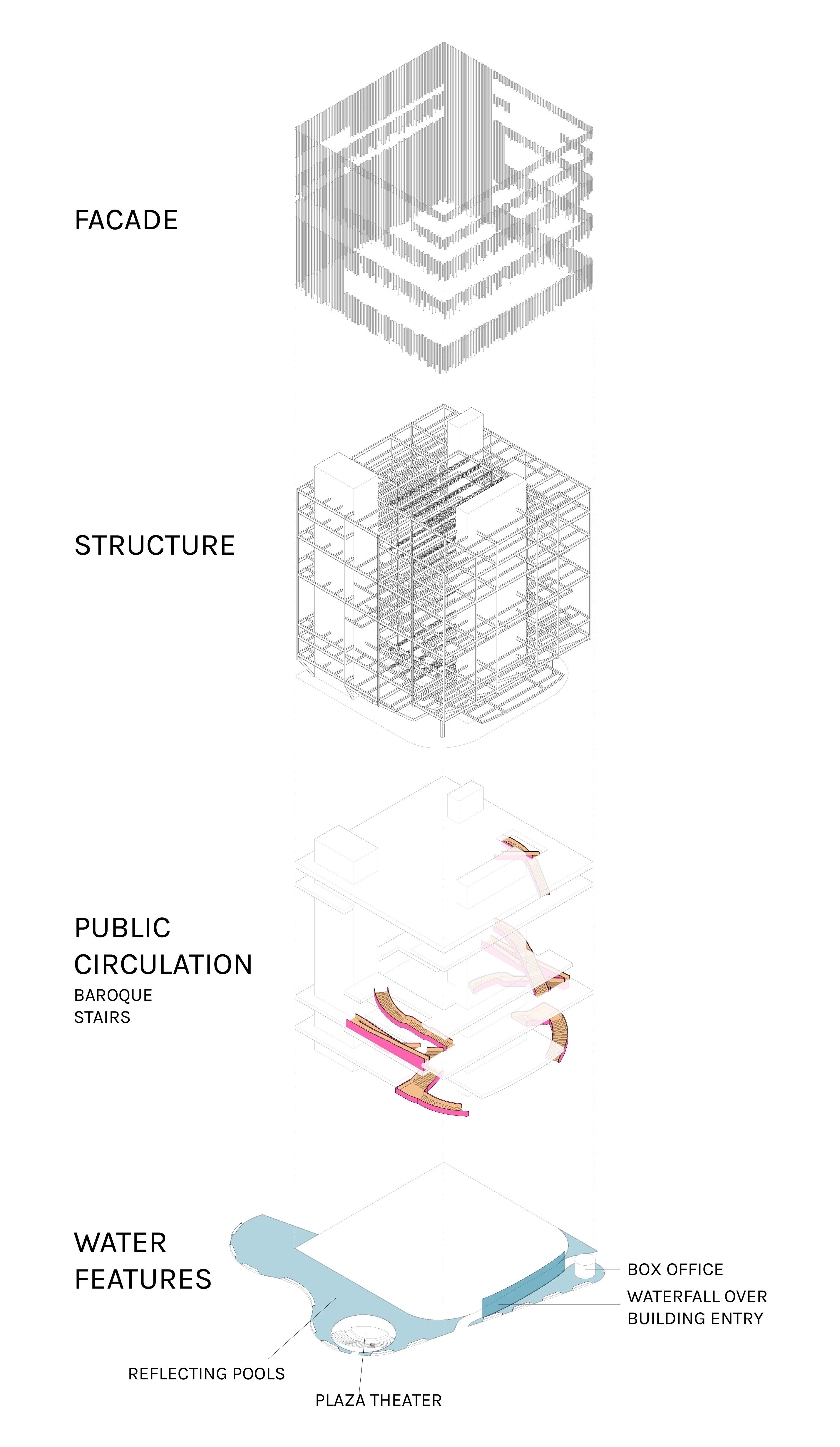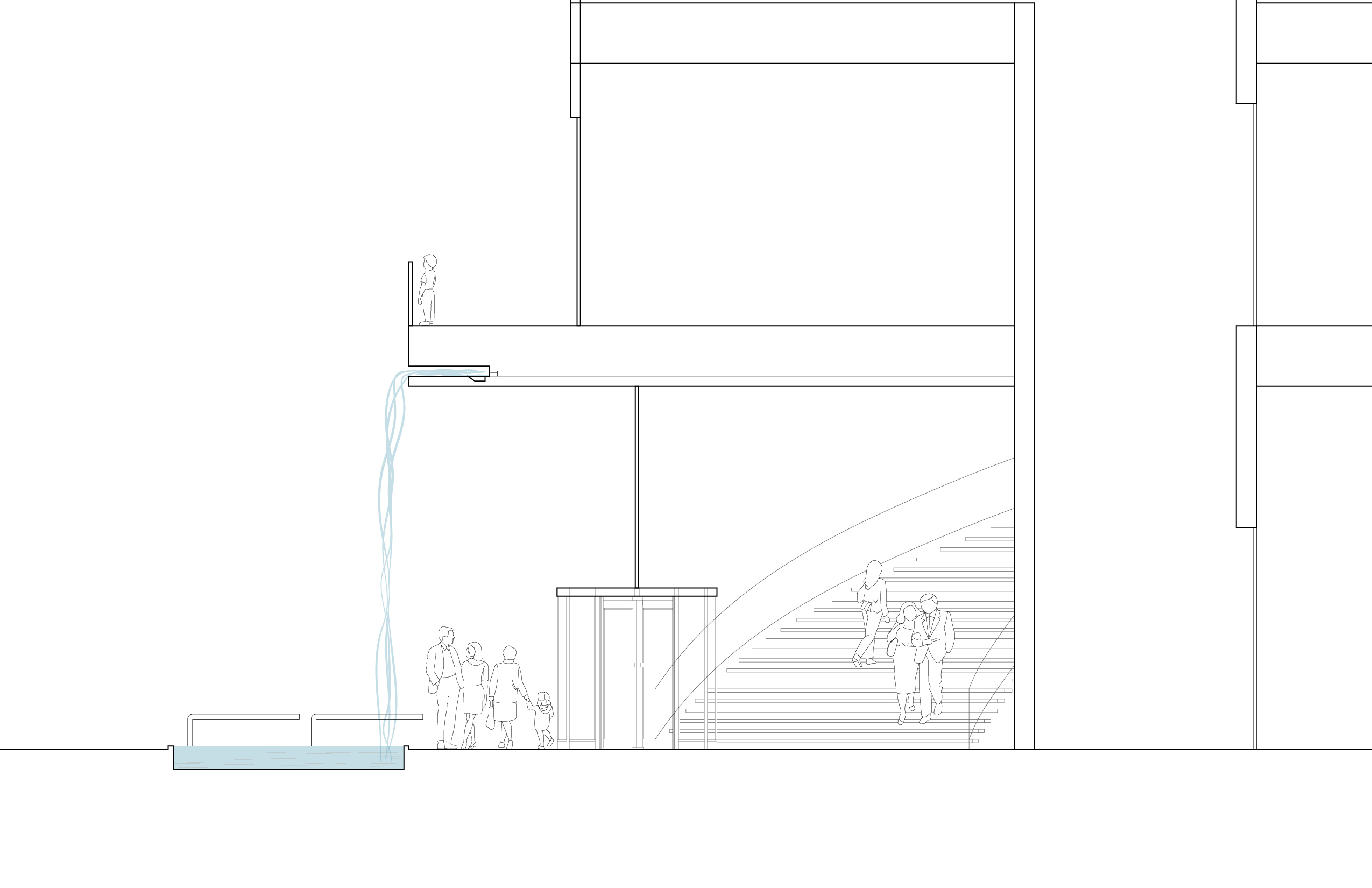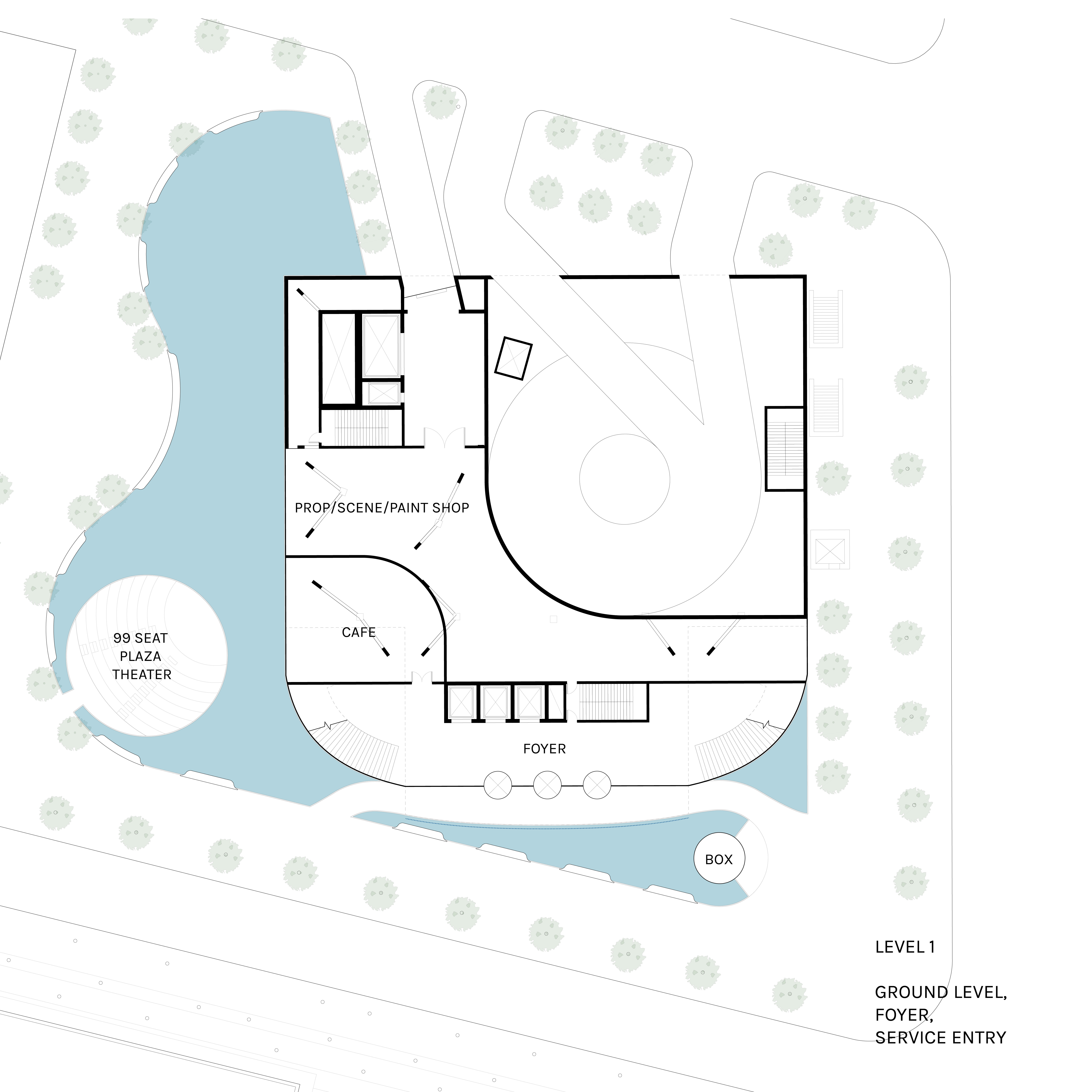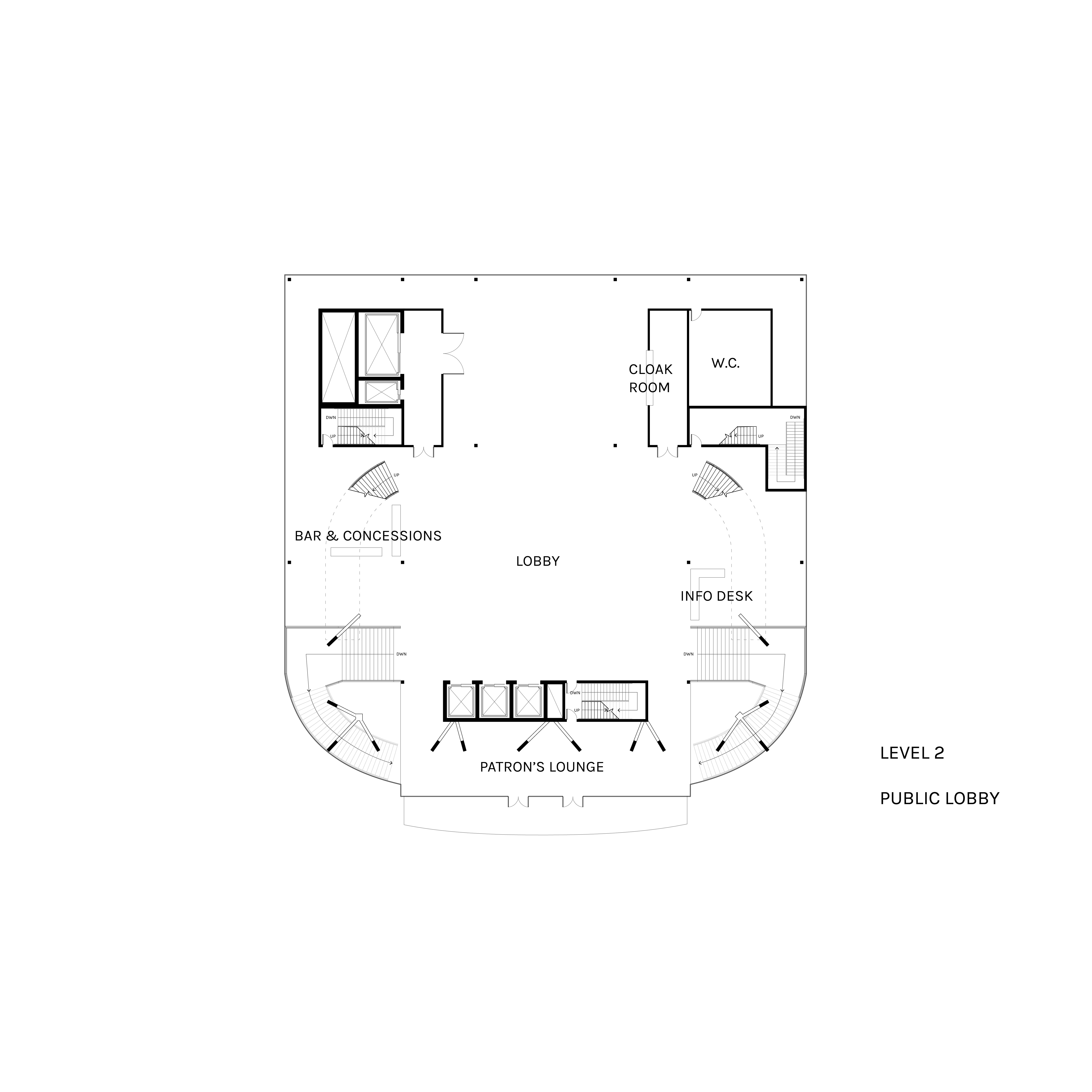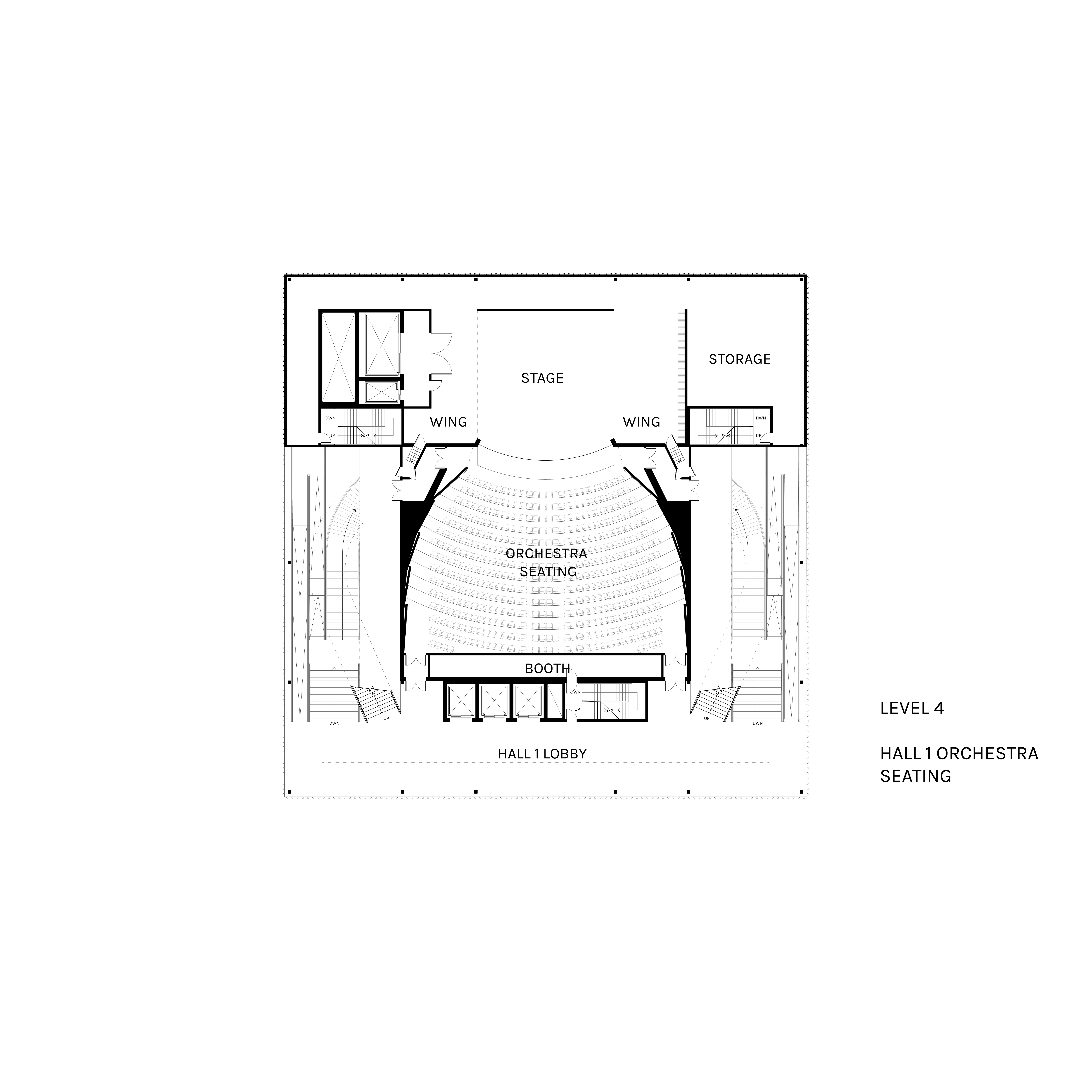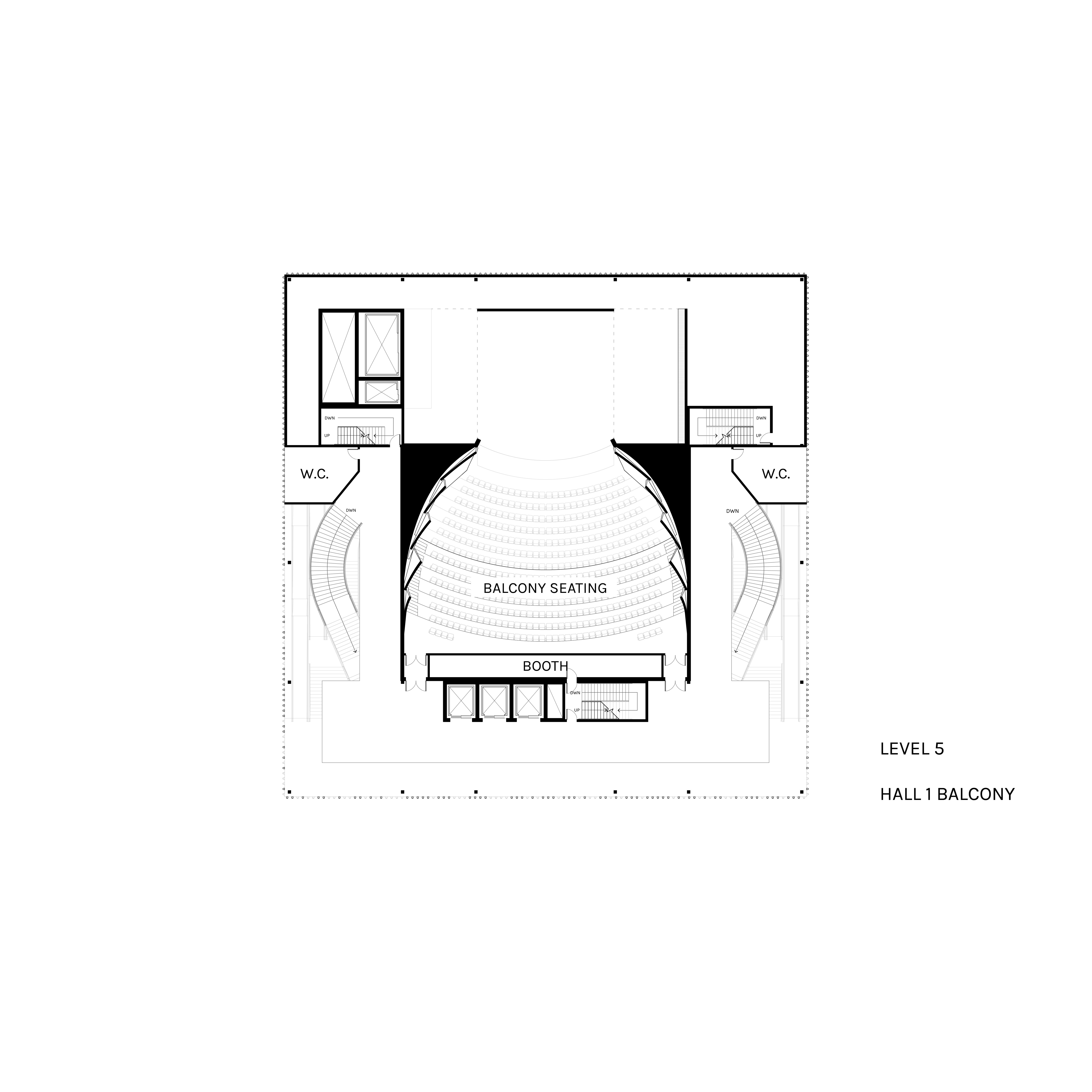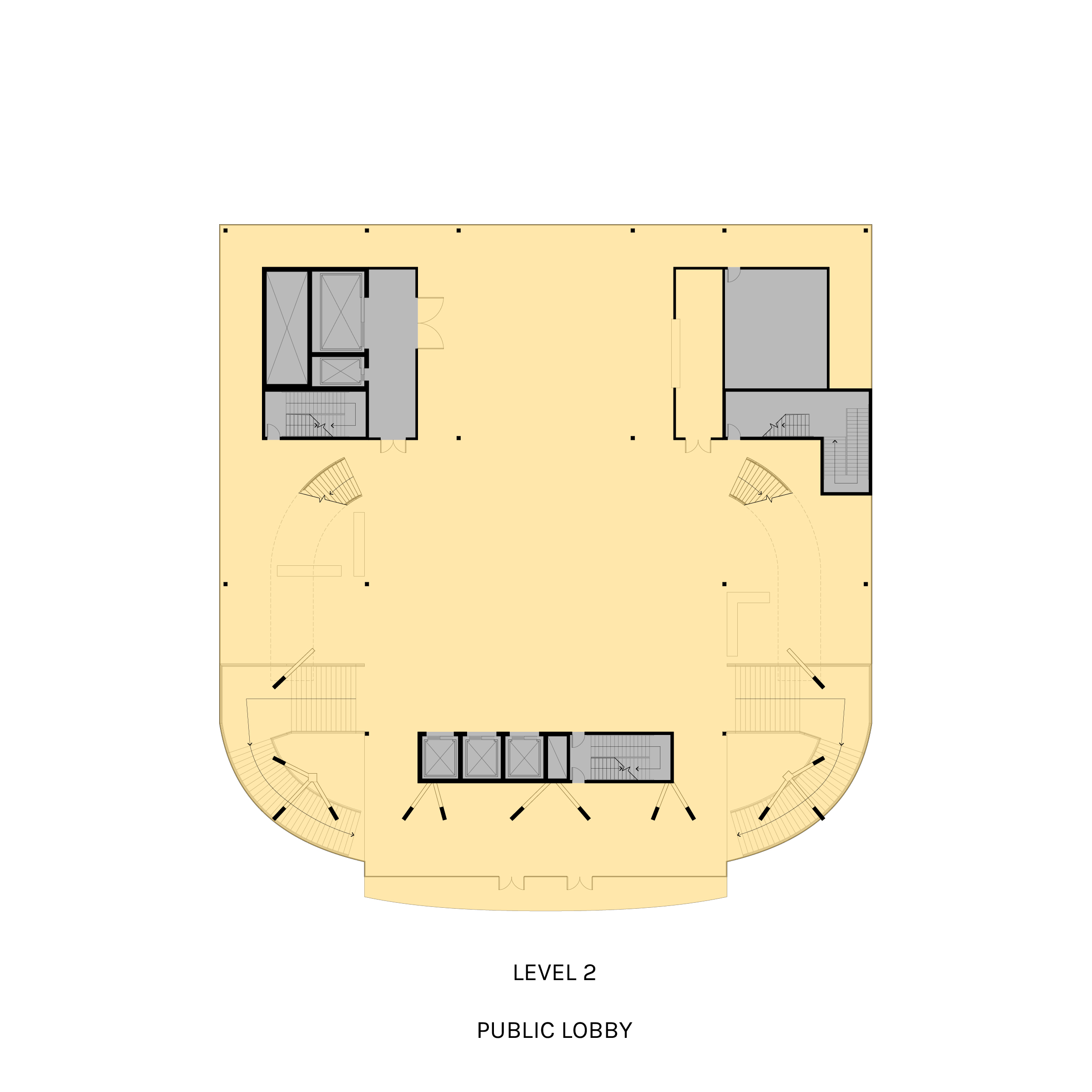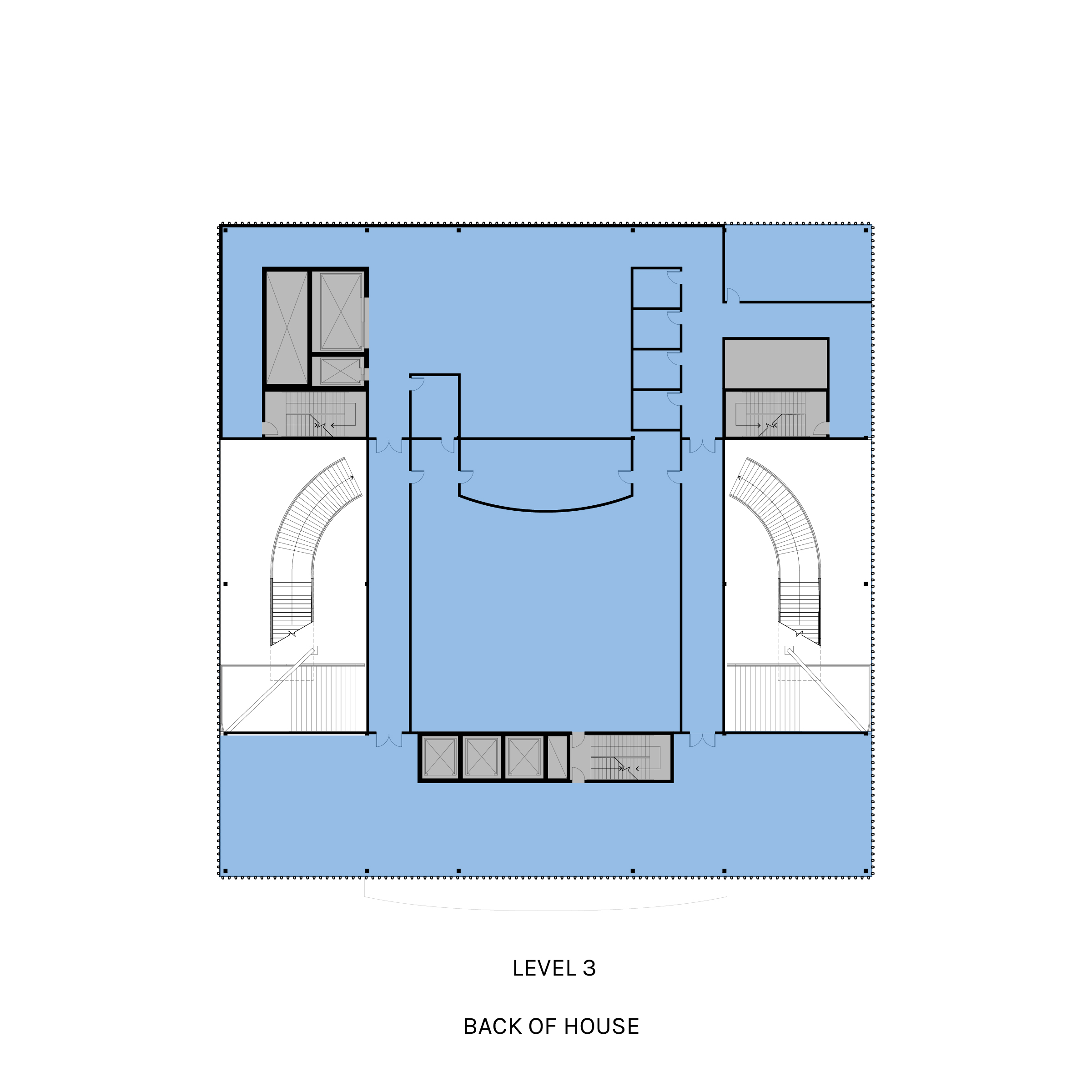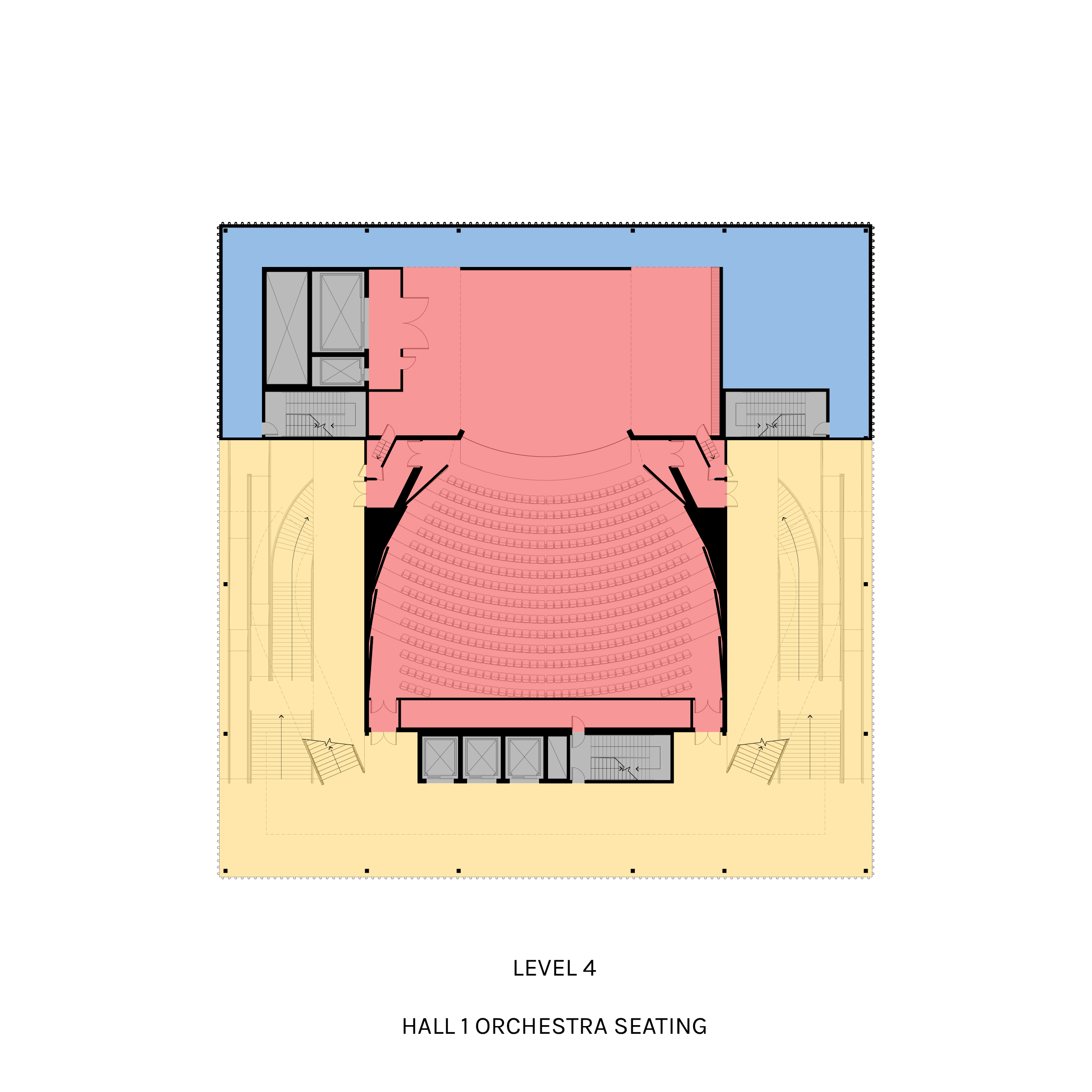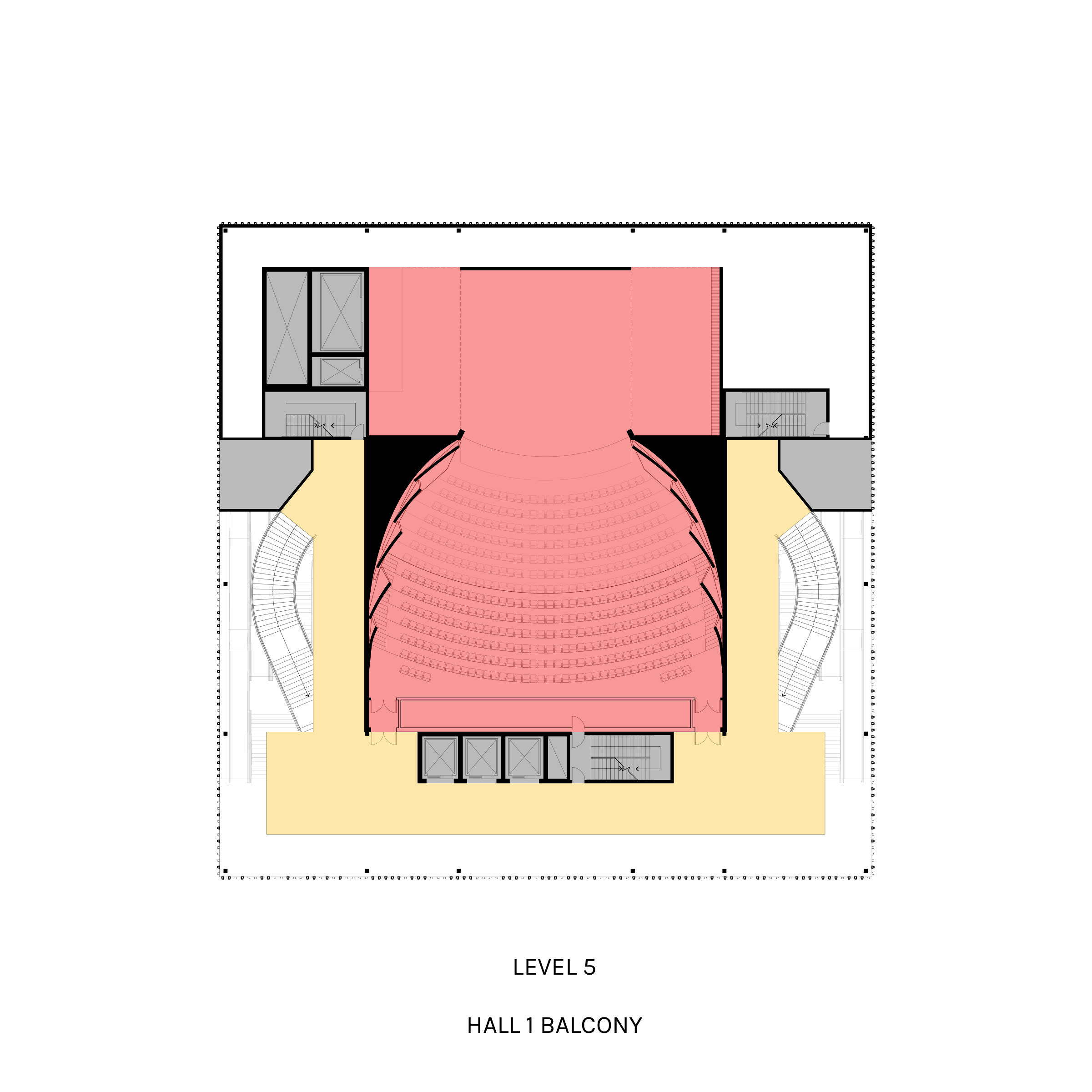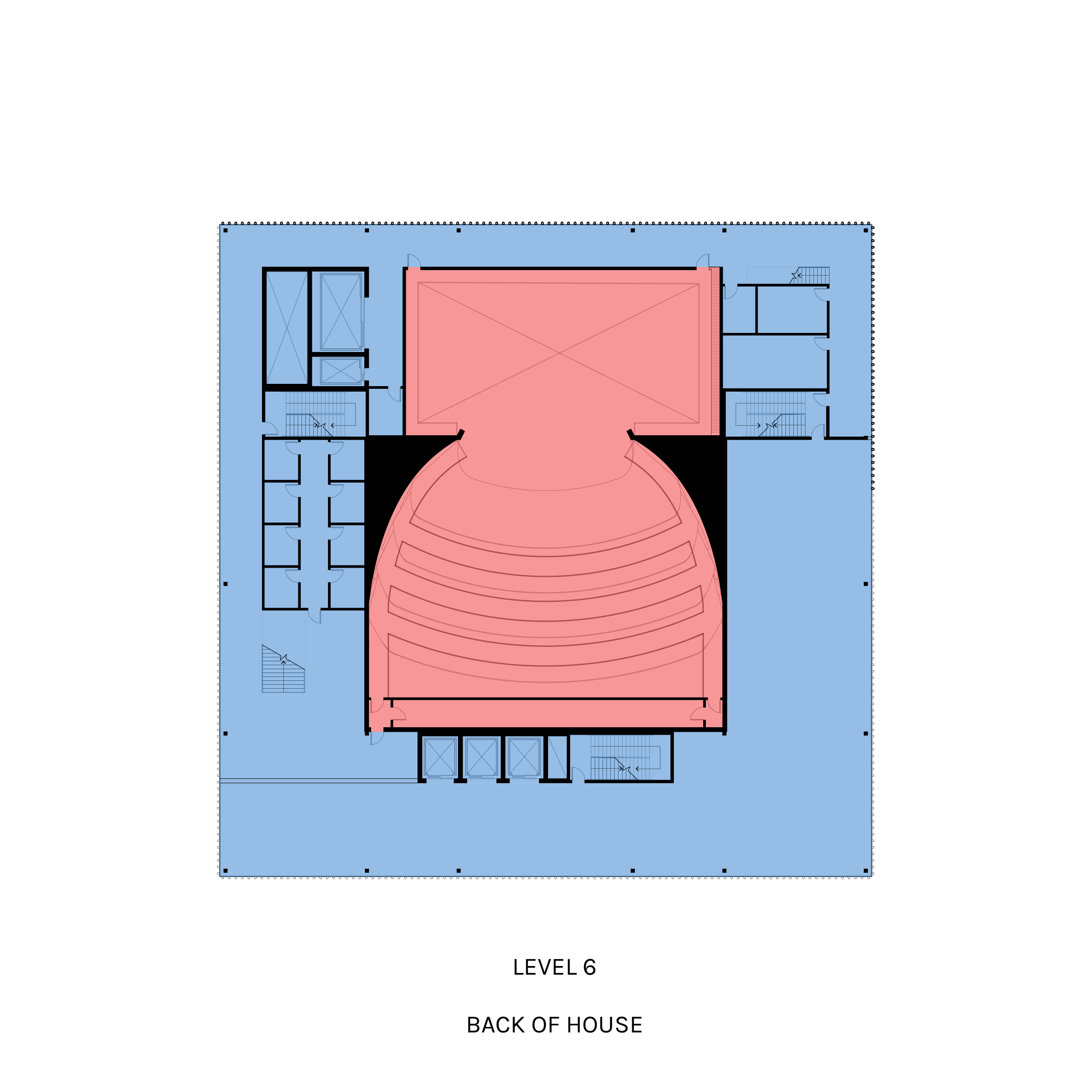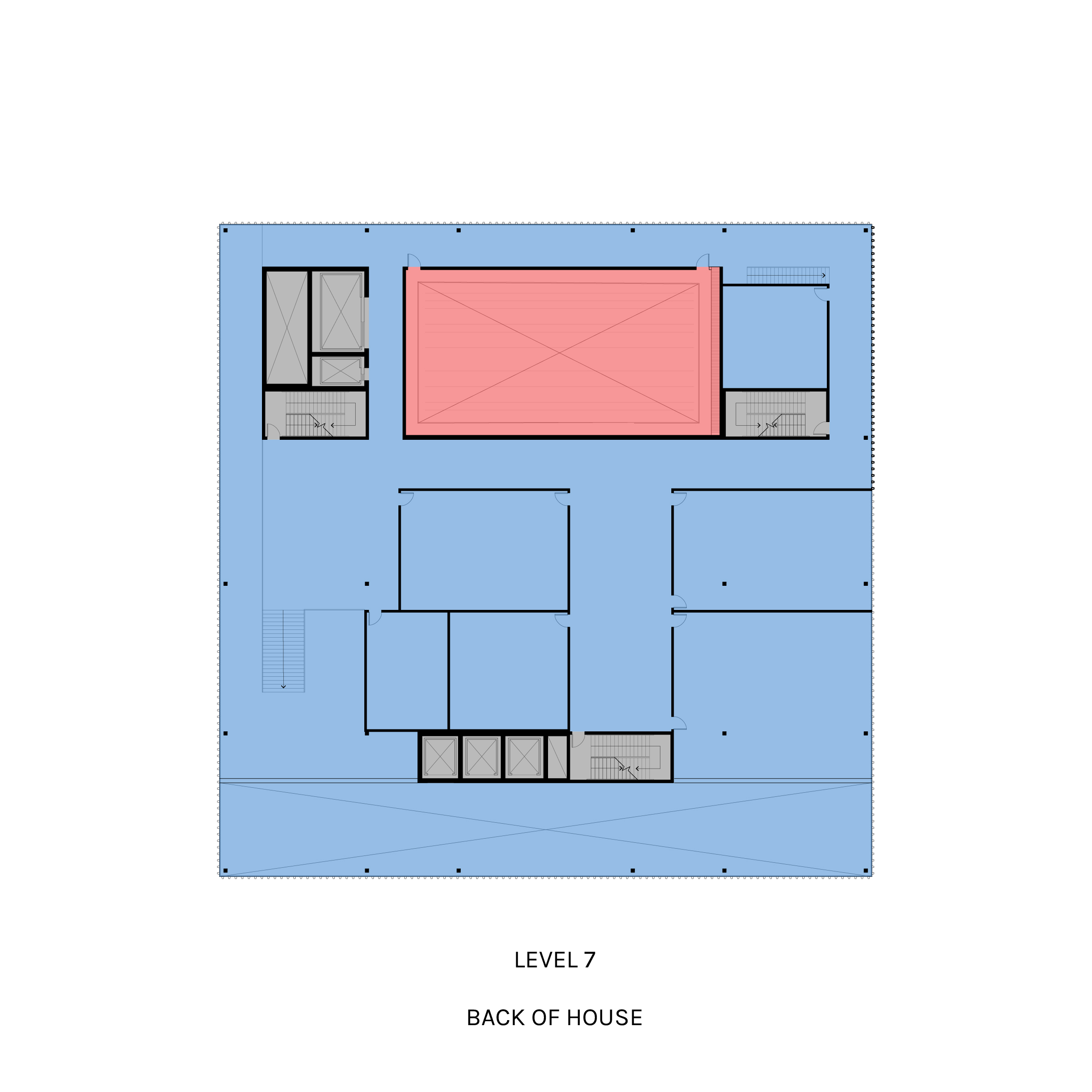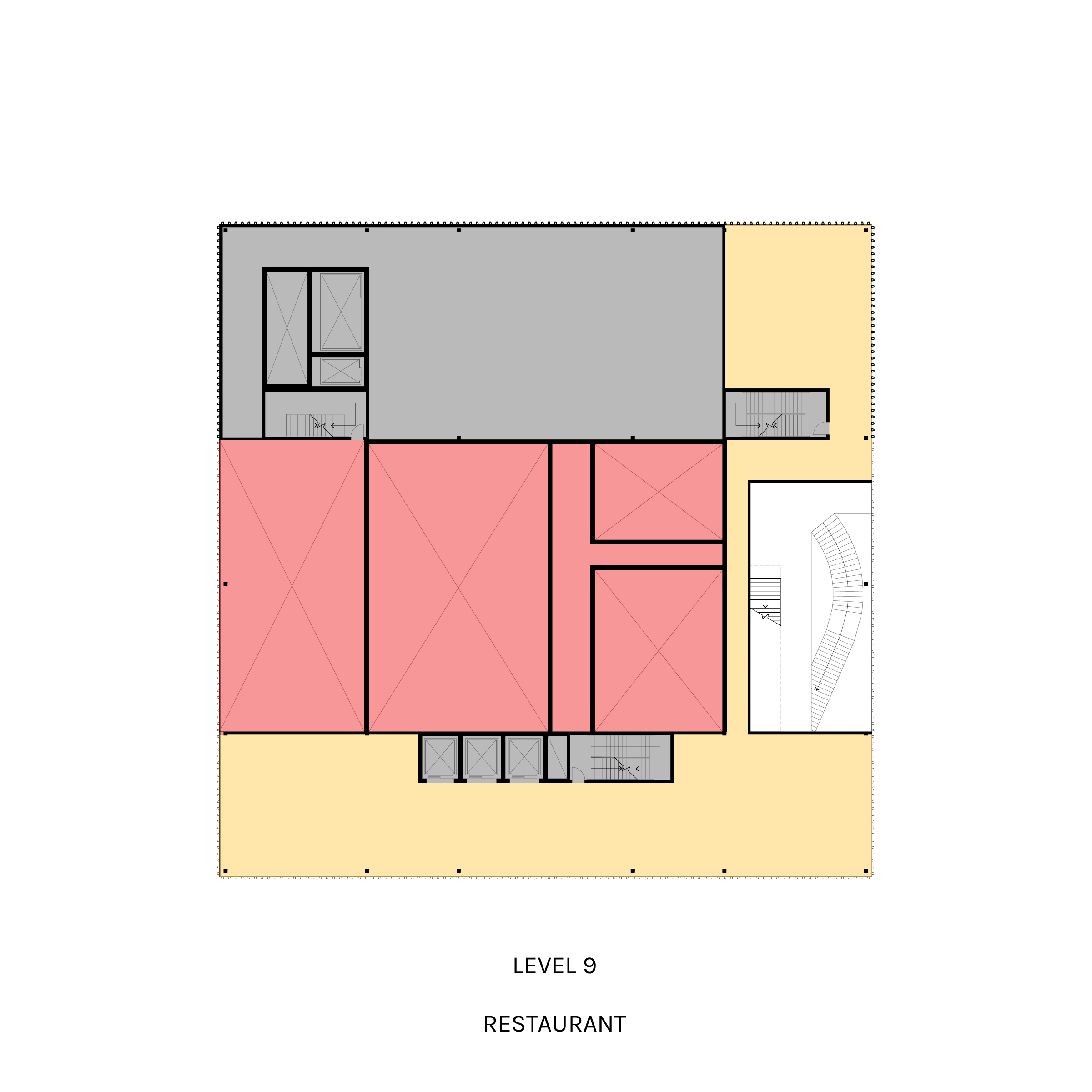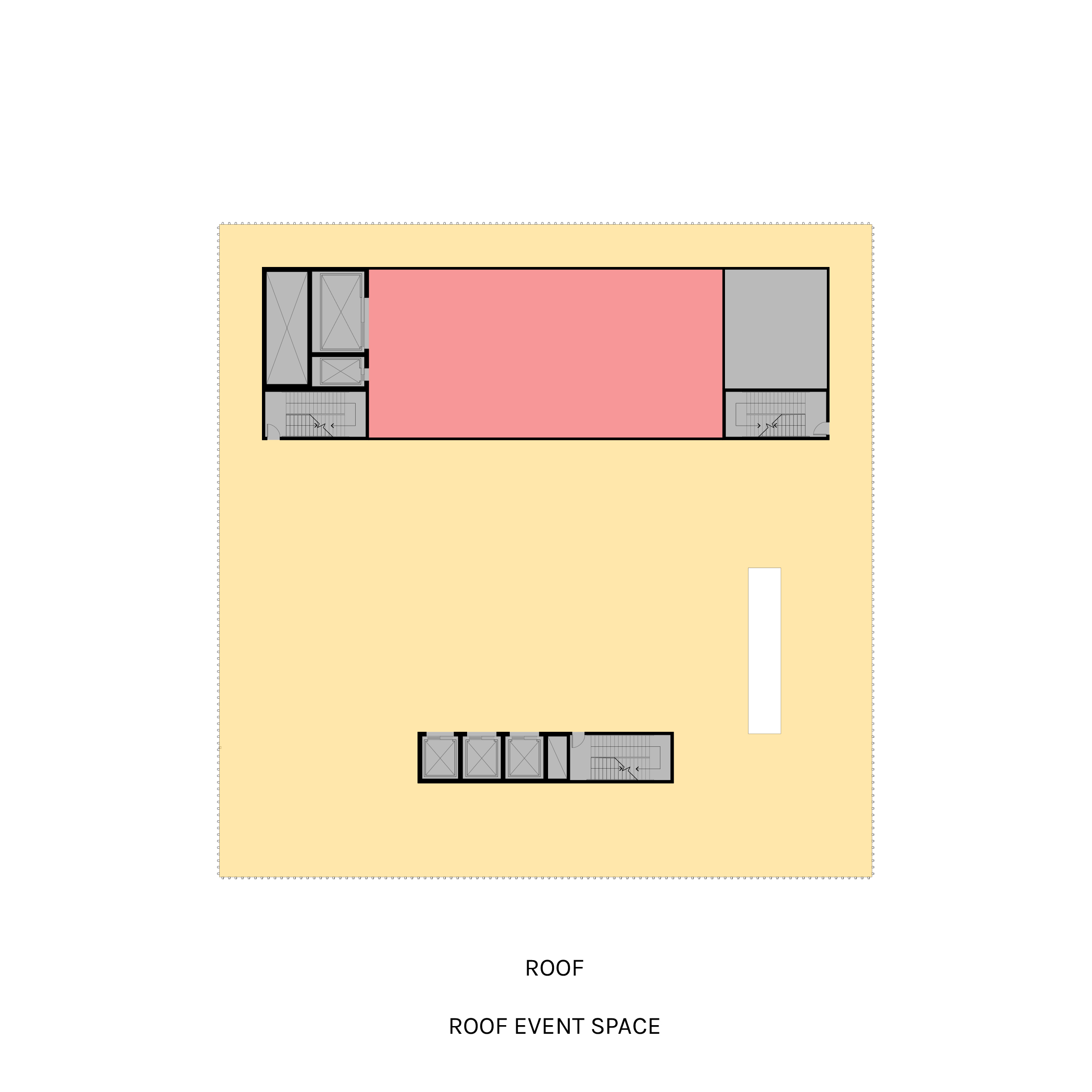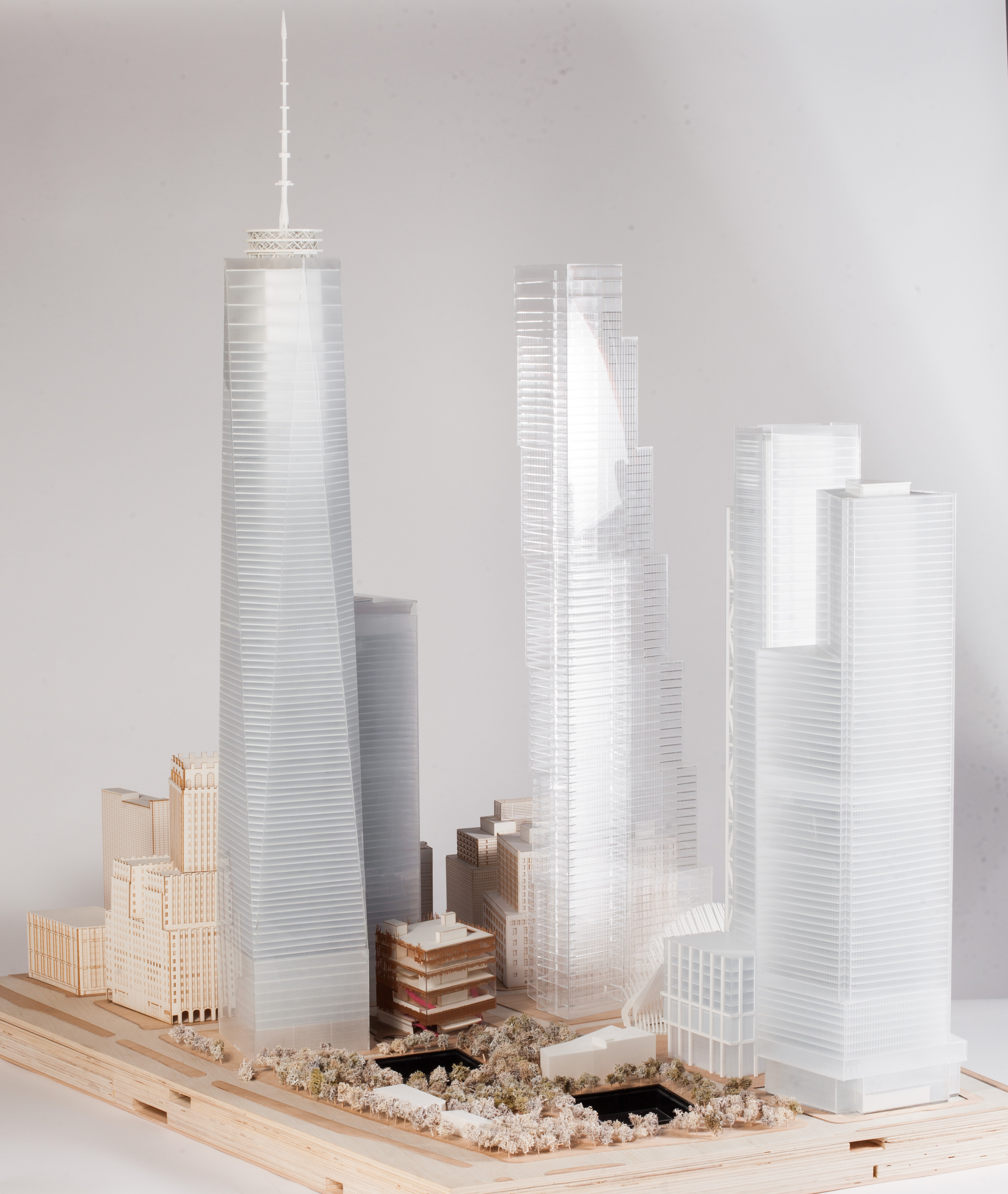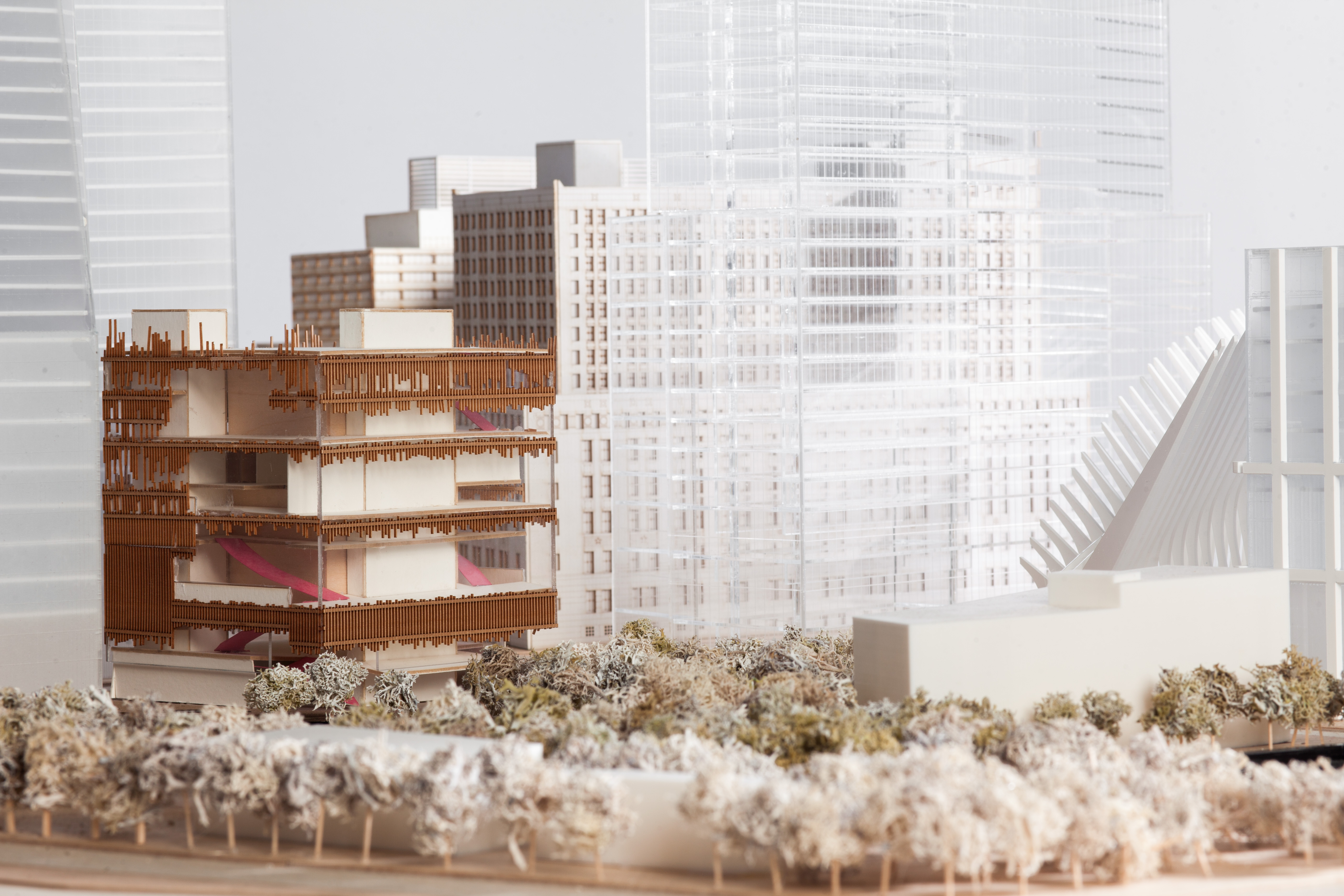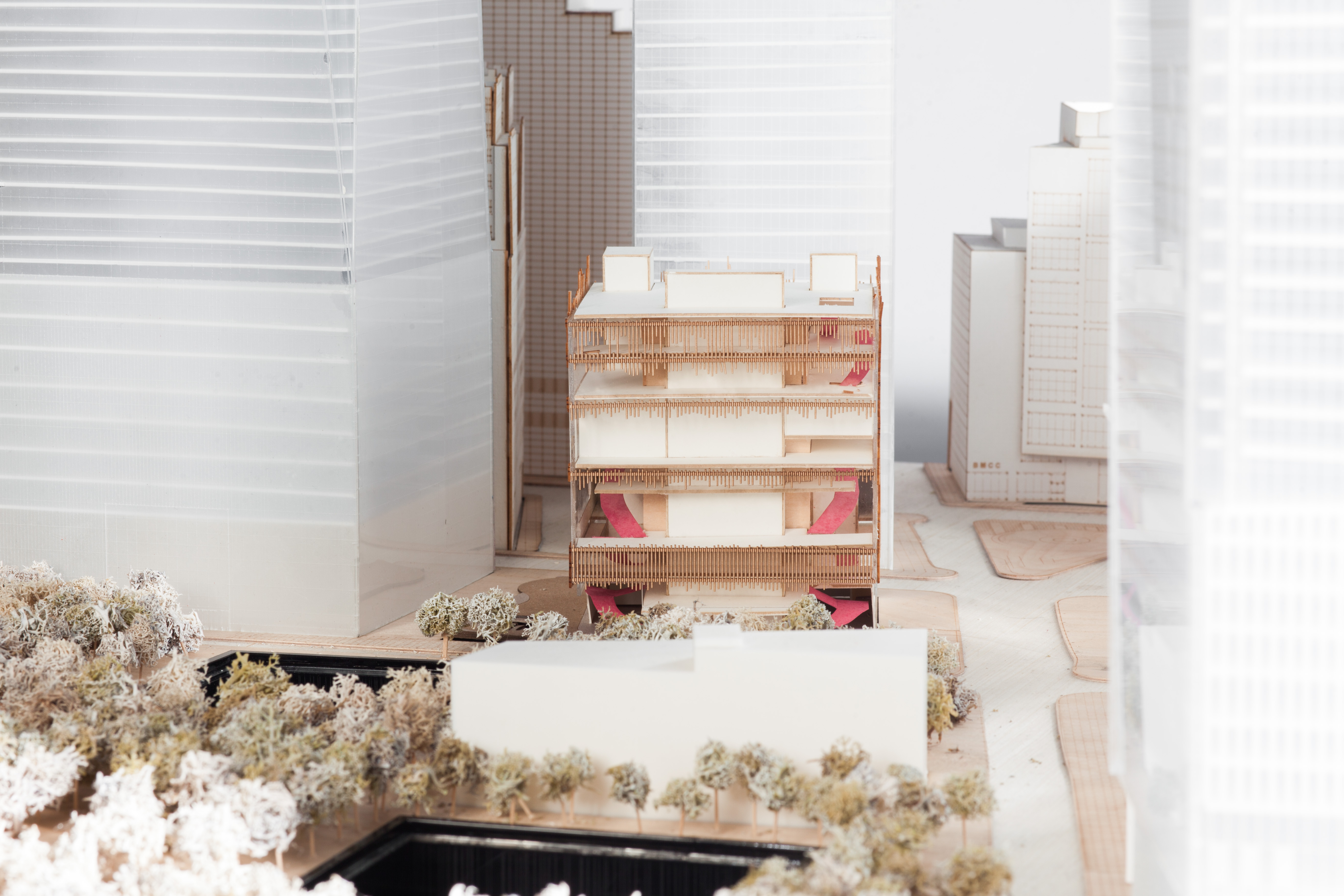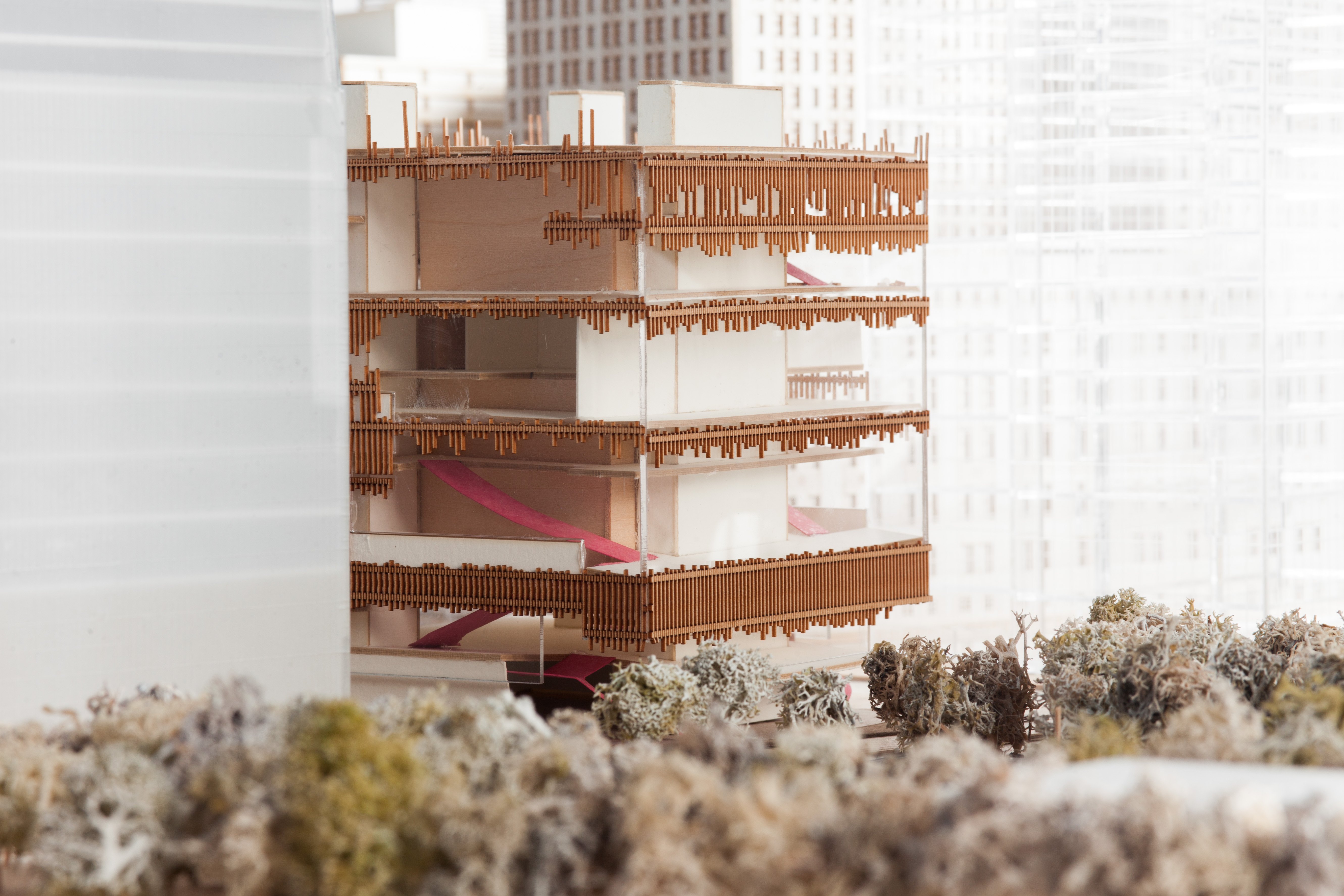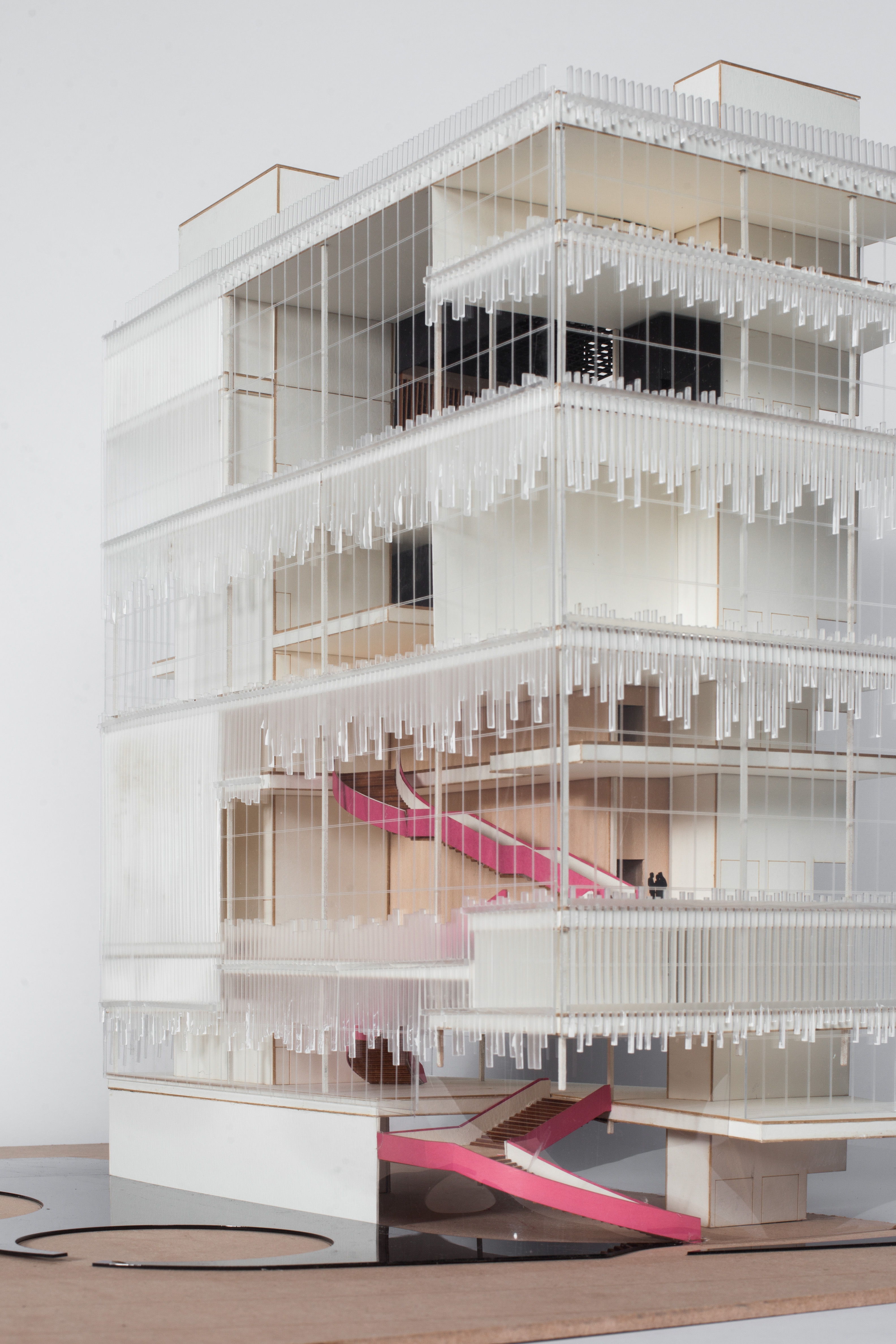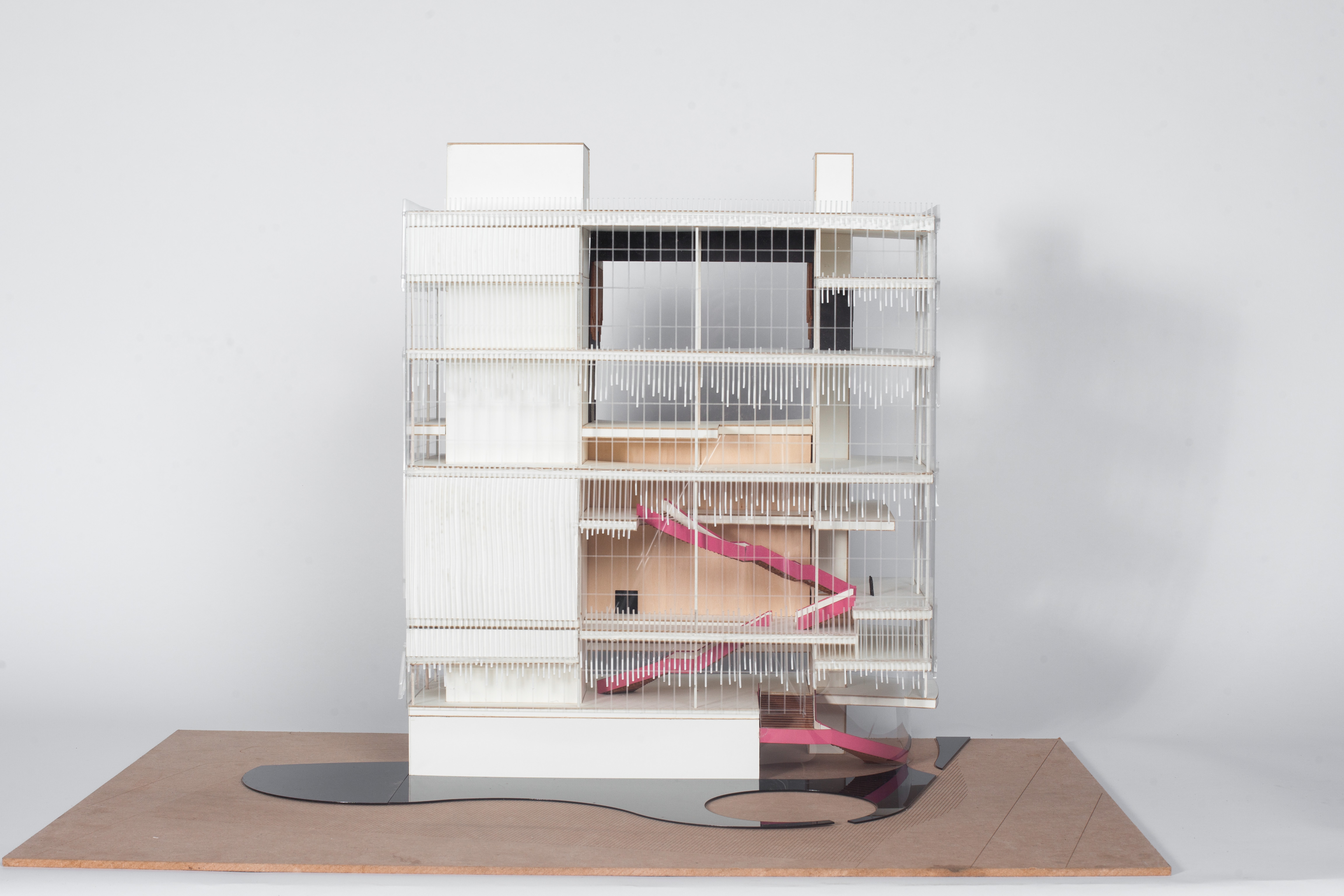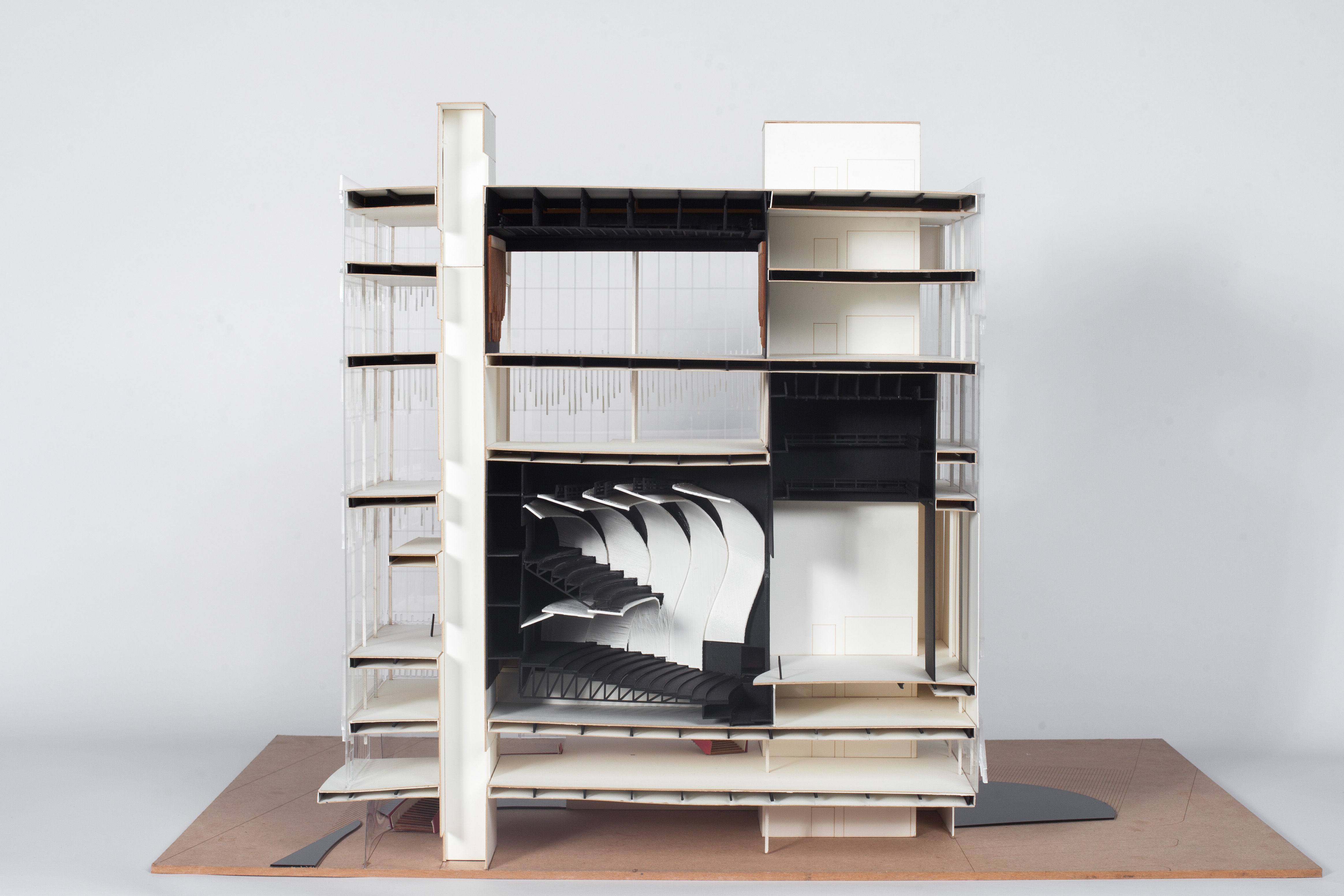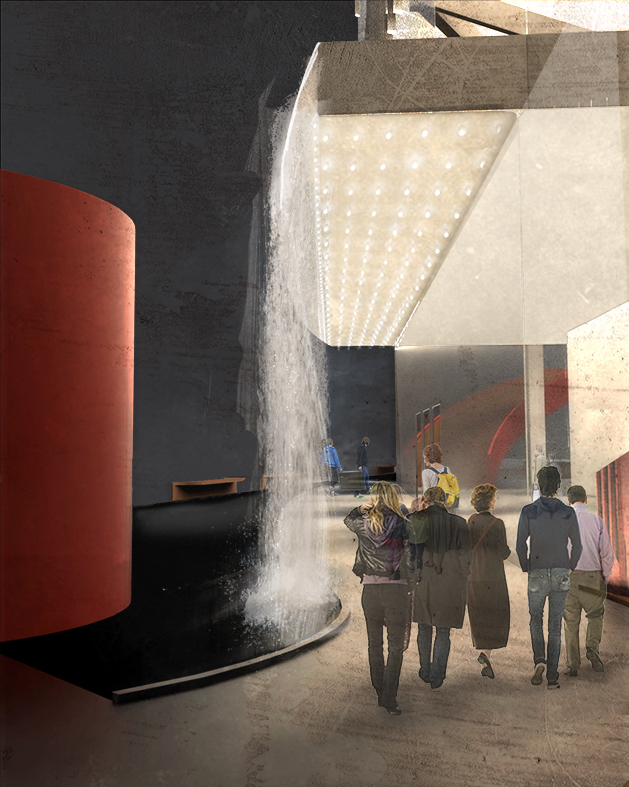New Experimental Theater for NYC
Narrative and Concept
Systems
Sections
Plans
Model in Built Context
Spatial Model
Renders
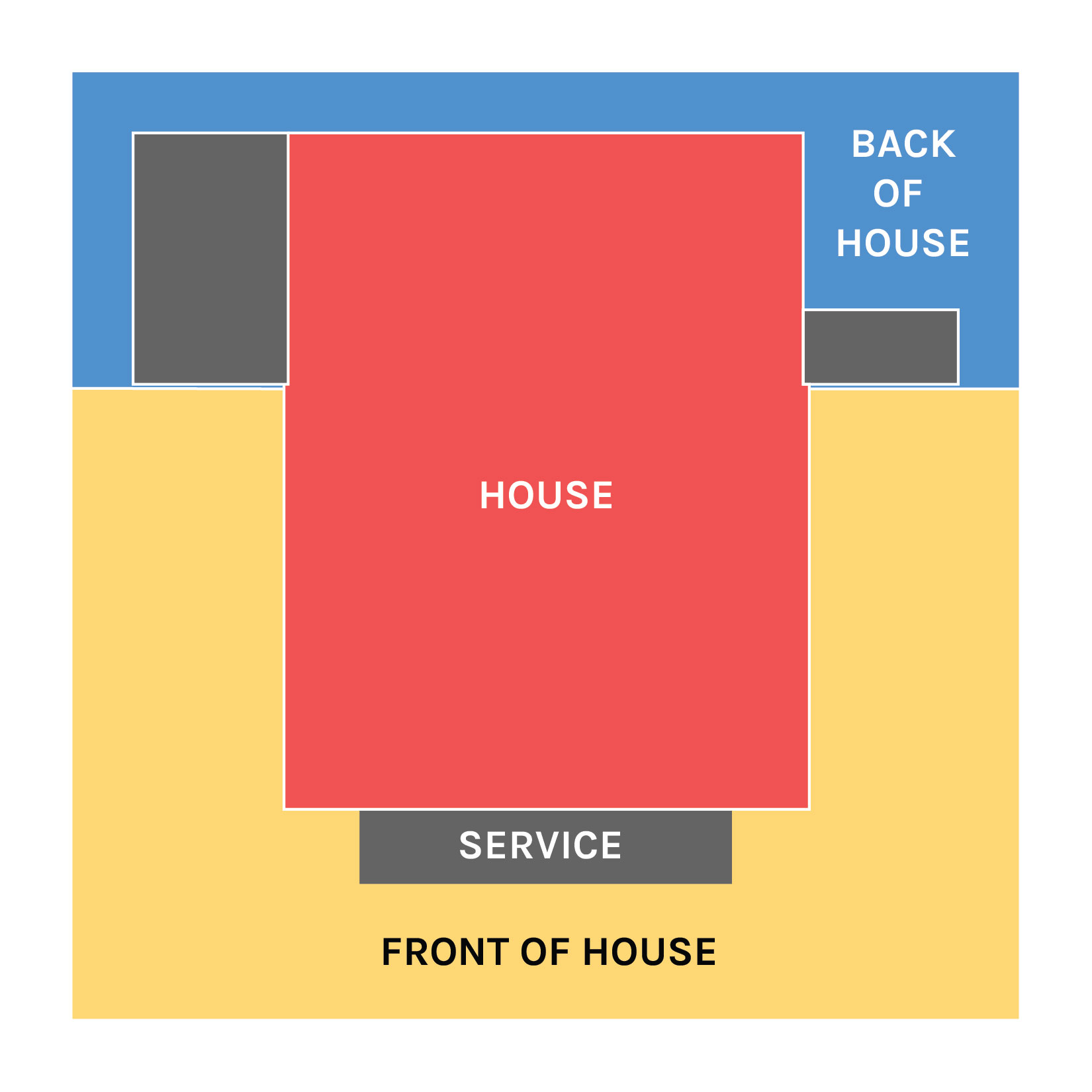
Parti Diagram
Carnegie Mellon University
Fourth Year | Spring 2019
48-601 Advanced Synthesis Option Studio: 4-D Architecture - Narrative, Hierarchy, Procession and Rhythm in Design
42-408/418 Theater Architecture I & II
Studio Coordinator/Professor: Hal Hayes, Assisting Professors: Dick Block, Cindy Limauro
Project Introduction
The introduction to the studio was initially written by Professor Hal Hayes, parts of which are rewritten or paraphrased here.
"The site is immediately adjacent to the 9/11 Memorial and One World Trade Center megastructure. The World Trade Center Performing Arts Center (PAC) is the most anticipated, and controversial, addition in a generation to Manhattan’s rich performing arts ecosystem. This 1200-seat three-theater complex is a real project currently in design and planning. This studio tackles the same site, program and constraints as those of the professional design team, which required us to develop mastery of the technical realities of performance productions, construction methodologies, structural & mechanical systems and community/stakeholder activism."
In addition to developing technical and construction skills, the project is also largely about understanding occupancy and human experience. The design of a theater is particularly unique, as movement, occupancy, and experience are amplified and exaggerated.
Narrative + Concept
The project is focused on reinforcing the significance of the theater in the area, by using water (from the memorial) as a material, both literally and figuratively, to cleanse and transform the experience of the guest.
I was very fascinated by the history and tradition of theaters and I wanted to bring some of these elements into the design as an interpretation of the history of the site as well as the history of the theater.
When researching philosophies in Ancient Greece, where theater and stages for theater originated, I was interested in how I could use the 5 basic Greek elements to define my approach into the theater. The 5 basic Greek elements; Earth, Water, Air, Fire, and Aether, provide a basis for how different parts of the design interact with each other.
I was also interested in the idea of the Baroque stair, and how it has become an icon of the sequence and procession of entering a theater. I wanted to use the experience of landings and the winding diagram of the stair to introduce guests to important parts of the program. I created a curved, sweeping, grand stair, which embraces an ending destination as significant as the beginning.
In this design, the theaters are stacked into one rectangular structure, allowing for the same open span area on each floor. The stacking of the theaters and major program spaces allows for the vertical circulation to serve as an essential part of the sequence experience entering and exiting the venues.
- Earth - The heaviest element, base.
Represented by the Plinth as the basis for all matter. - Water - the element of emotion, protection.
Represented by the reflecting pool surrounding the building and the waterfall over the marquee, as an interpretation of a moat of protection surrounding the ‘castle’ or ‘gem’ in the downtown area. - Air - spiritual energy and movement.
Represented by the entry lobby and public area surrounding the plaza. - Fire - energy and passion.
Represented by the public circulation of the building, as an interpretation of the supply of energy for the performance halls. - Aether/Spirit - the heavens, the essence that the gods breathe.
Represented by the performance chambers as the heart of the gem of downtown New York City.
Floor Plans
Model in Built Context
Scale: 1"=32’
Spatial Model
Scale: 1"=8’
